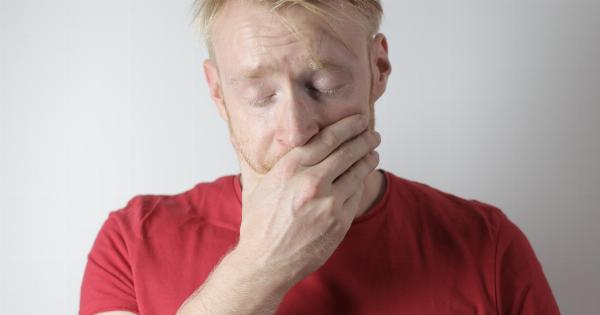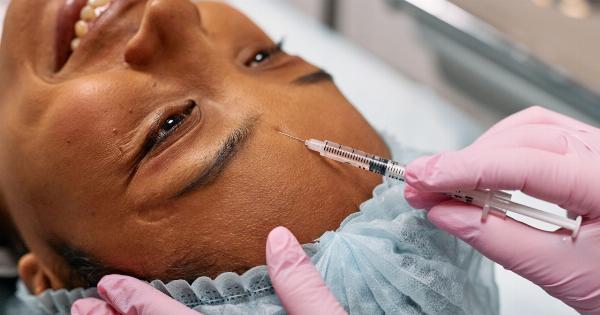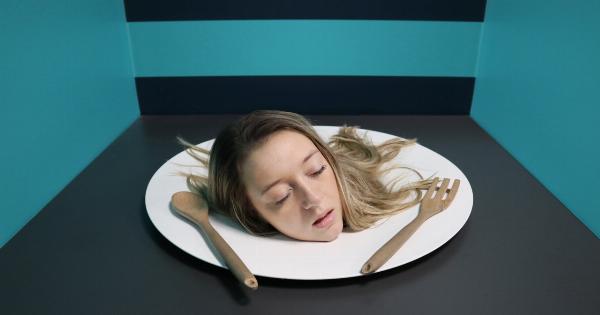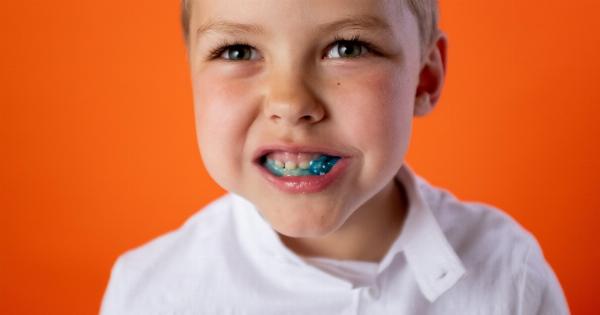When it comes to oral health, dental movement can be a cause for concern. Dental movement refers to any changes in the position or alignment of the teeth.
While some dental movement is normal and expected, certain types of movement can indicate underlying dental issues that require attention. In this article, we will explore the different types of dental movement, their potential causes, and when you should be concerned.
Types of Dental Movement
1. Orthodontic Movement:
Orthodontic movement is a planned and controlled movement of teeth to achieve a desired position and alignment. This type of movement is usually carried out through orthodontic treatment using braces, aligners, or other orthodontic appliances.
Orthodontic movement is not a cause for concern as it is part of a planned treatment process supervised by a dental professional.
2. Natural Shifting:
Natural shifting is a gradual and slight movement of teeth that occurs naturally over time. As we age, our teeth tend to move slightly, especially in the lower front area. This shifting is generally minimal and does not require any intervention.
However, if the movement is excessive or accompanied by pain, it is advisable to consult a dentist.
3. Dental Eruption:
Dental eruption refers to the process of permanent teeth breaking through the gum tissue and emerging into the oral cavity. This is a natural part of dental development, occurring during childhood and early adolescence.
However, if a tooth fails to erupt or is delayed in eruption, it may indicate an underlying issue and requires evaluation by a dentist.
4. Tooth Mobility:
Tooth mobility refers to teeth that are loose or move more than normal. While slight mobility is normal, excessive mobility can be a sign of periodontal disease, trauma, or other dental conditions.
If you notice your teeth becoming increasingly loose or mobile, it is important to seek dental care to determine the underlying cause and prevent further damage.
5. Teeth Shifting due to Tooth Loss:
When a tooth is lost, it creates a space in the dental arch. The adjacent teeth may start to shift or drift into this space, leading to misalignment or crowding. This shifting can cause bite problems and further tooth loss if not addressed.
If you have experienced tooth loss, it is essential to consider tooth replacement options like dental implants or bridges to prevent further dental movement.
6. Malocclusion:
Malocclusion refers to misalignment of the teeth, which can result in an improper bite. This can be caused by various factors such as genetics, thumb sucking, improper oral habits, or facial trauma.
Malocclusion can lead to dental movement and even impact overall oral health. It is advisable to consult with an orthodontist or dentist if you suspect malocclusion to prevent further complications.
7. Dental Disease:
Certain dental diseases such as tooth decay and gum disease can cause dental movement. Tooth decay can weaken the structure of the tooth, leading to shifting or movement.
Advanced gum disease can also contribute to tooth mobility and subsequent dental movement. It is crucial to maintain good oral hygiene and regular dental check-ups to prevent these dental diseases and their associated movement.
8. Trauma or Injury:
Any trauma or injury to the mouth or face can potentially cause dental movement. Accidents, sports injuries, or blunt force trauma can dislodge teeth, causing them to shift or become loose.
It is important to seek immediate dental attention if you experience any trauma to prevent further complications.
9. Bruxism:
Bruxism, also known as teeth grinding or clenching, can result in dental movement. The excessive force exerted during bruxism can cause teeth to shift, become loose, or even fracture.
If you suspect bruxism, your dentist may recommend a nightguard to protect your teeth and prevent further movement.
10. Temporomandibular Joint (TMJ) Disorders:
TMJ disorders can also contribute to dental movement. Misalignment of the jaw joint can cause the teeth to shift or lead to bite problems.
If you experience jaw pain, clicking or popping sounds, difficulty in opening or closing your mouth, or any other TMJ symptoms, it is advisable to consult with a dentist or TMJ specialist.
When to Be Concerned
While some dental movement is natural or expected, certain signs and symptoms require attention from a dental professional. You should be concerned if you experience the following:.
1. Excessive Dental Movement:
If you notice significant or rapid dental movement that is affecting the alignment or function of your teeth, it is important to seek dental care. This could indicate an underlying issue that needs to be addressed to prevent complications.
2. Pain or Discomfort:
Dental movement accompanied by pain, discomfort, or sensitivity can be a sign of dental problems. Pain may indicate gum disease, tooth decay, or other dental conditions that require treatment.
3. Loose or Shifting Teeth:
If your teeth are becoming increasingly loose, shifting, or feel unstable, it could indicate periodontal disease or other dental issues. Prompt evaluation by a dentist is necessary to prevent further damage or tooth loss.
4. Changes in Bite:
If you notice sudden changes in your bite, such as difficulty in chewing or your teeth no longer fitting together properly, it may indicate dental movement or other oral health problems.
Seeking professional dental advice is recommended to address the issue.
5. Delayed Eruption:
If your permanent teeth are delayed in eruption or fail to erupt altogether, it may indicate an underlying issue that requires evaluation by a dentist. Early intervention can help prevent complications and promote optimal dental development.
Conclusion
Dental movement can be a cause for concern, especially when it is excessive, accompanied by pain, or affects the alignment or function of the teeth.
While some movement is natural and expected, it is important to be aware of potential underlying issues that may require dental intervention. Regular dental check-ups, maintaining good oral hygiene, and promptly addressing any concerns can help prevent complications and ensure optimal oral health.

























